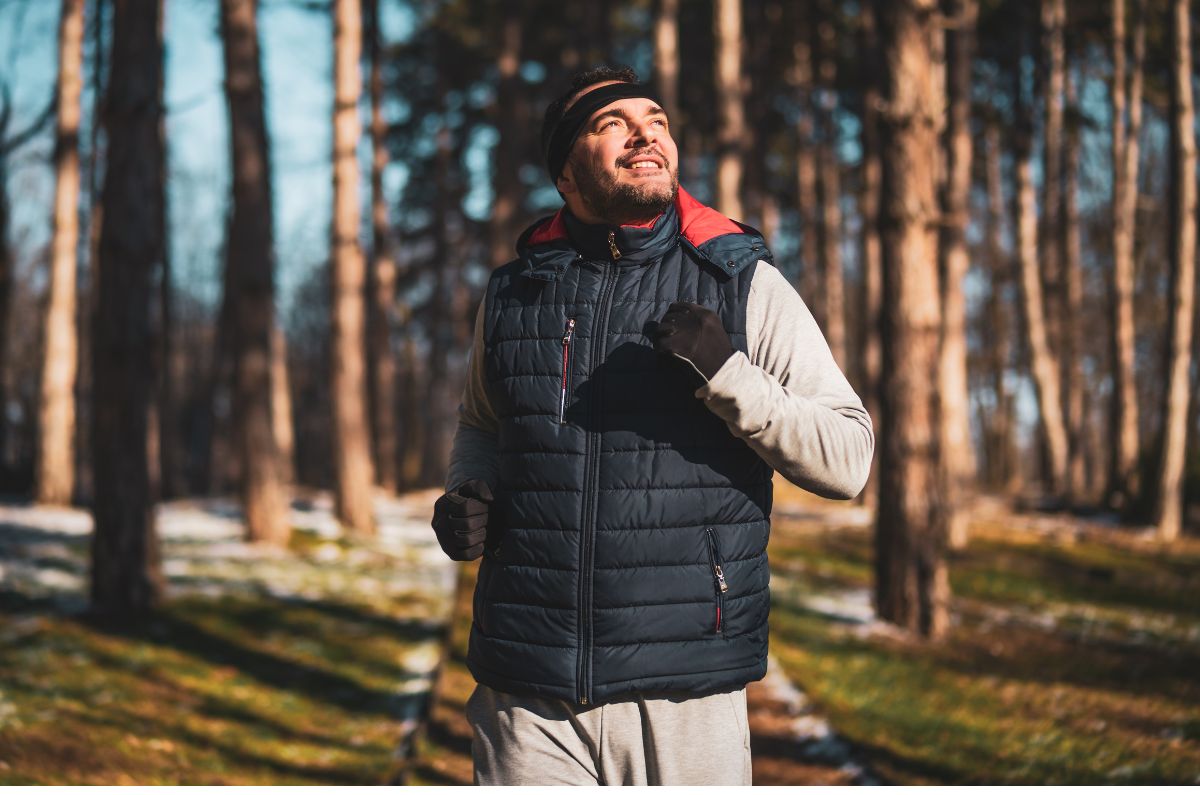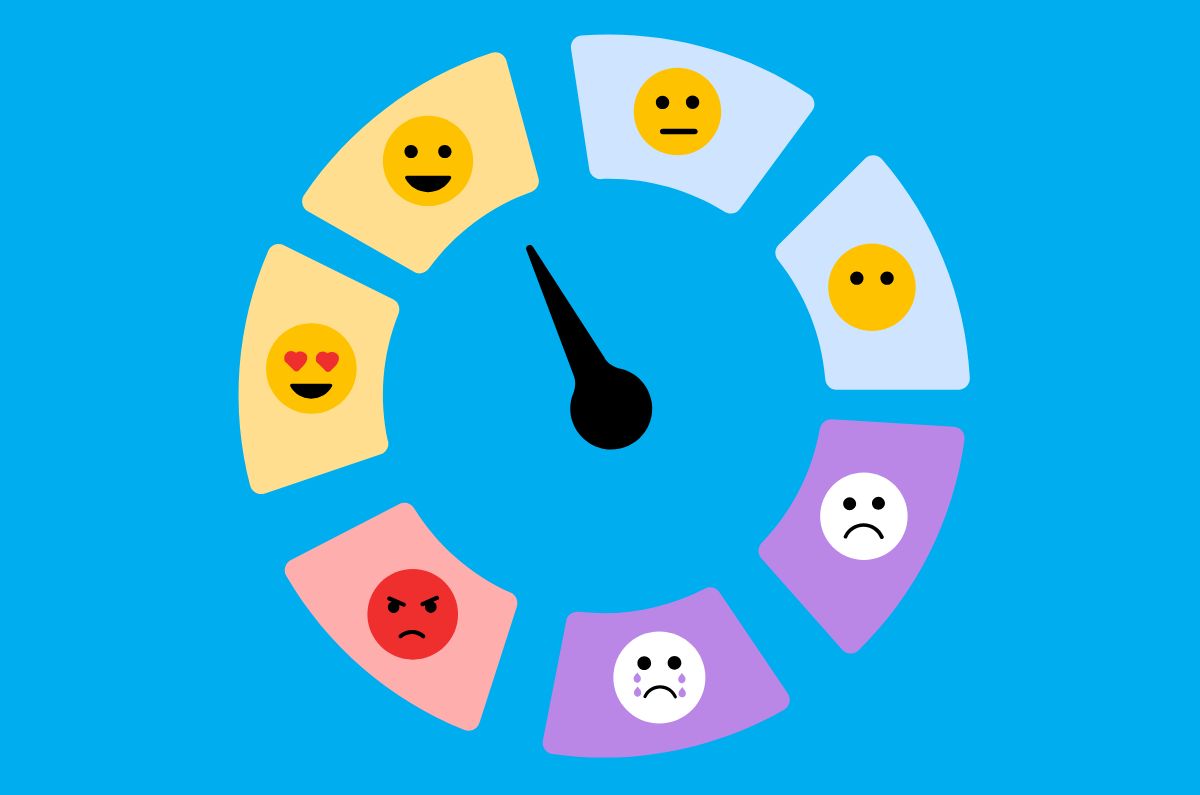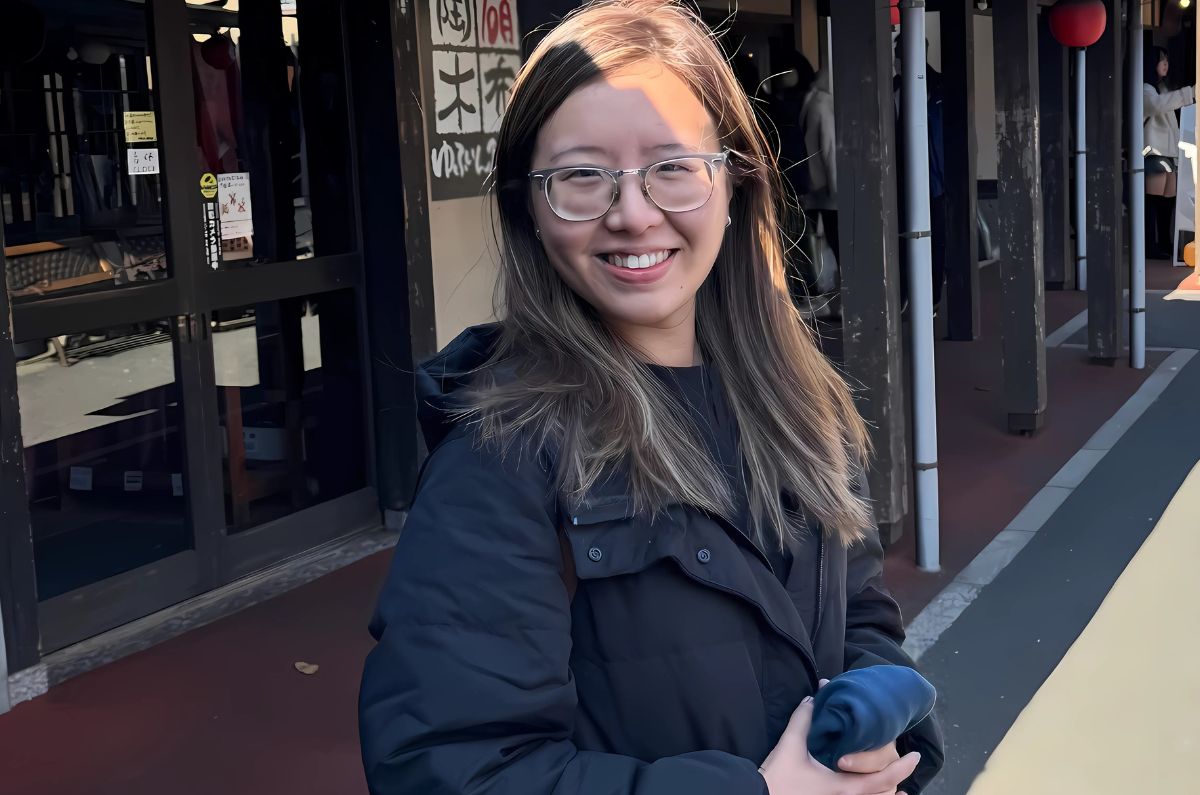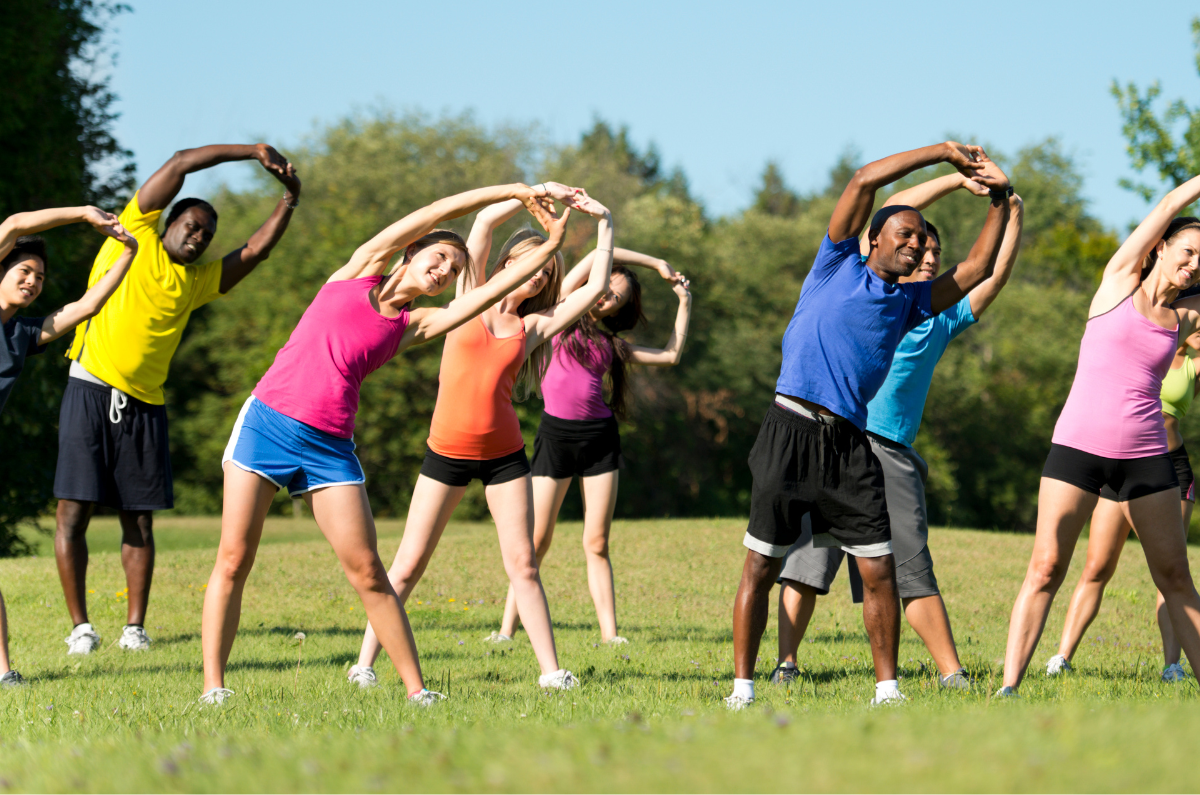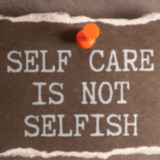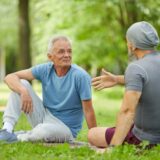Living with a musculoskeletal condition often means managing ongoing pain, fatigue, and emotional challenges. In those tough moments, it’s natural to want to retreat and rest, but it’s also where self-care becomes most important.
The World Health Organization defines self-care as “the ability of individuals, families and communities to promote health, prevent disease, maintain health, and cope with illness and disability with or without the support of a health worker.” Self-care is about taking intentional steps to support your physical, mental, and emotional wellbeing. For people living with musculoskeletal conditions, this means learning what works best for your body and giving yourself the time, space, and support to do it.
Self-care is empowering. It allows you to take an active role in managing your symptoms and improving your quality of life. Promoting self-care means equipping people with the tools, knowledge, and confidence to make informed decisions about their health.
Why does self-care matter?
- Daily symptom management: Practices such as gentle exercise, stretching, rest, and heat/cold therapy can help manage day-to-day symptoms, reduce flare-ups, and increase mobility.
- Staying active and informed: Even small movements can make a difference – consider chair-based exercise as a starting point. Being empowered to understand your condition, and recognising which therapies or activities help, encourages consistent self-care practices and long-term health benefits.
- Nutrition and energy: Eating well supports joint and bone health, reduces inflammation, and improves overall energy levels. Staying hydrated, choosing nourishing foods, and listening to your body are simple but essential acts of self-care.
- Mental health and emotional resilience: Living with chronic pain can impact your mood, motivation, and relationships. Self-care also means taking time for mental wellbeing, whether that’s through mindfulness, relaxation, peer support, or connecting with others who understand your experience. Feeling confident in your ability to manage your health can help reduce feelings of stress, helplessness, or frustration.
To support this, Musculoskeletal Health Australia (MHA) has developed a range of tailored self-care plans for specific musculoskeletal conditions. These plans are aligned with the International Self-Care Foundation’s Seven Pillars of self-care.
The MHA Self-Care Plans provide practical guidance and condition-specific advice to help you better understand, manage your condition, and live well.
Self-care plans available on the MHA website include:
Self-care is more than a routine; it’s a mindset. Embracing it fosters resilience, confidence, and a greater sense of control. By making space for your physical and emotional wellbeing, you’re taking powerful steps toward living your best possible life whilst managing your musculoskeletal health. And remember self-care is not selfish, it’s essential.
More to explore
Tiny Buddha
This information was developed for mental health professionals, however there are a lot of useful resources that are helpful for anyone wanting to learn more about self-care.
ReachOut
Musculoskeletal Australia
University at Buffalo, School of Social Work
This information was developed for students studying social work, and professionals working in the field, however there are a lot of useful resources that are suitable for anyone wanting to learn more about self-care.
International Self-Care Foundation
Mental Health First Aid USA, National Council for Mental Wellbeing
Healthline
References
(1) Self-care interventions for health, World Health Organization.
(2) Health literacy, Australian Commission on Safety and Quality in Health Care
Contact our free national Helpline
Call our team if you have questions about managing your pain, musculoskeletal conditions, treatment options, mental health issues, or accessing services. They’re available weekdays between 9 am-5 pm on 1800 263 265; email helpline@muscha.org or via Messenger.


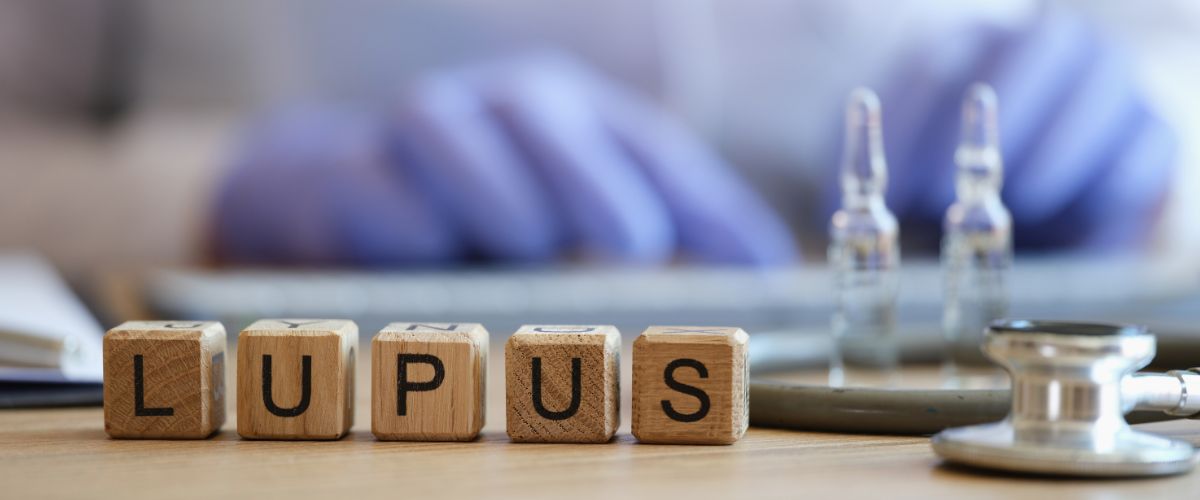
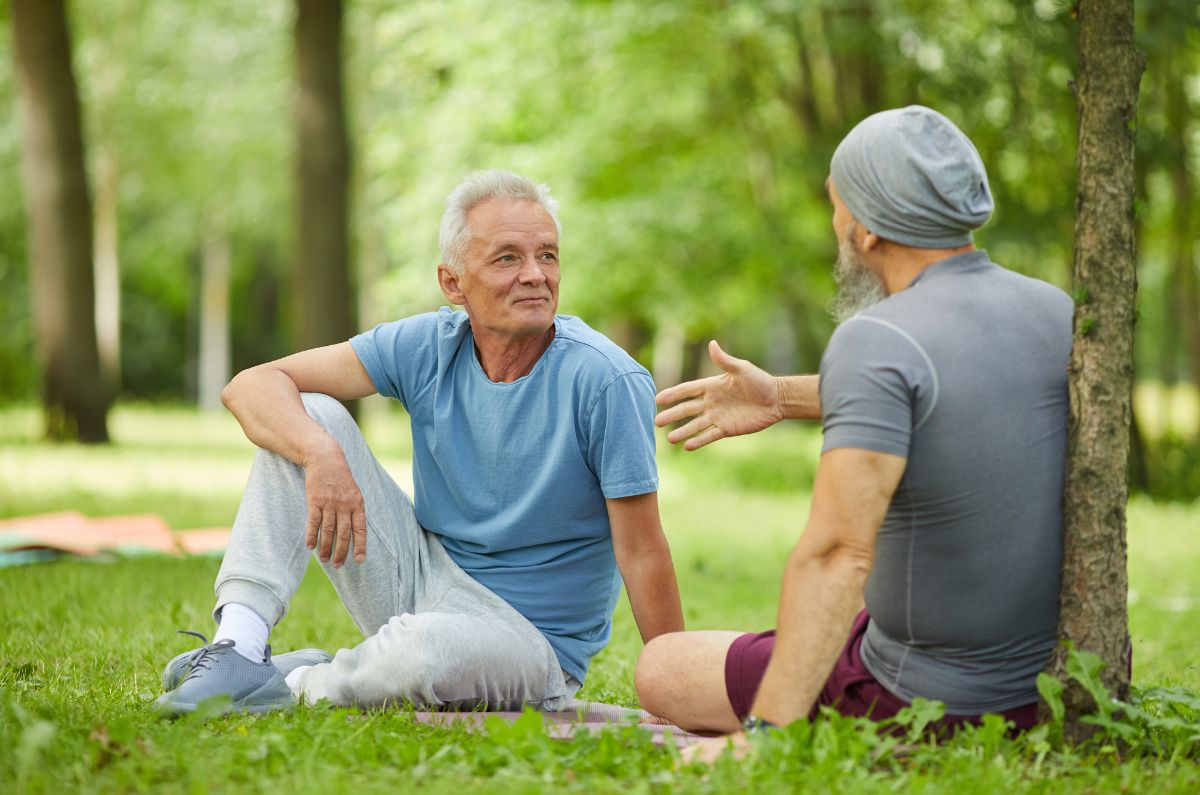

 severe pain, swelling, and redness — often in the big toe, but it can hit ankles, knees, fingers, elbows, or wrists too.
severe pain, swelling, and redness — often in the big toe, but it can hit ankles, knees, fingers, elbows, or wrists too.

